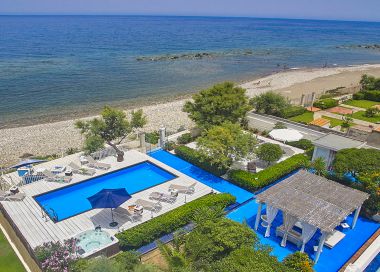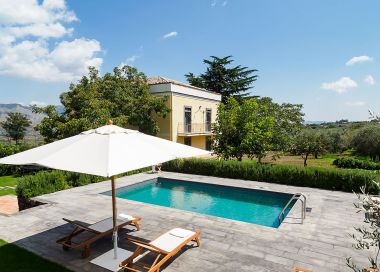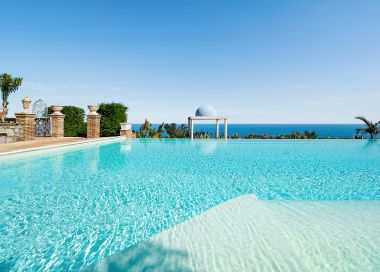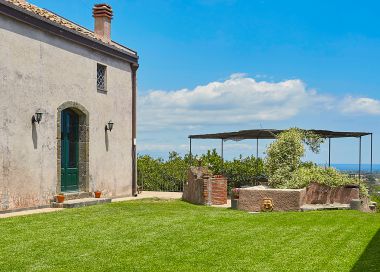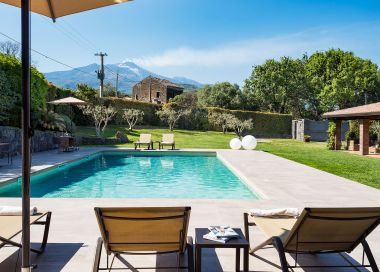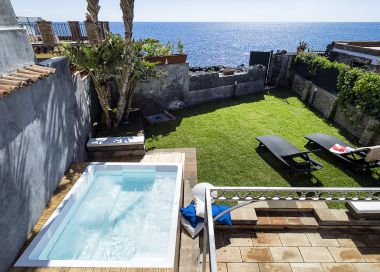The houses in the Sperlinga caves
The houses in the caves of Sperlinga and the medieval castle in the rock
Sperlinga is a small and attractive township in the Enna province that extends along the side of a rock buttress which was inhabited since the Sicani natives peopled this area. Sperlinga lies between the Nebrodi and the Madonie Mountains, about 750 metres above sea level, and 47 km away from Enna. Its name derives from the Greek, and means “spelonca” or cave. The history of Sperlinga is very strictly linked to the history of its intriguing and fascinating Medieval Castle, figuring in the “Castles of Italy” list. Built around 1082, the castle was carved out of a huge mass of sandstone. It hence presents very thick ashlar walls, with carved out steps and rooms and is protected by the natural barriers of its surrounding environment. Sperlinga and its castle entered history during the Sicilian Vespers (30th March 1282), when Sperlinga was the only place in Sicily to guarantee protection to the French colonisers while a massive popular insurrection against the Angevins exploded throughout the island. On the entrance gate to the castle, its inhabitants proudly engraved the following epigraph: Quod siculis placuit sola Sperlinga negavit: “what pleased Sicily, only Sperlinga did not like.” A steep stone stairway leads to the viewpoint offering magnificent views over the Gangi plateau, the Madonie and the Nebrodi mountains, and lastly over Mount Etna. Sperlinga boasts at least fifty intriguing caves carved out of the rock by the Byzantines, that are organised over several levels and represented the inhabited nucleus since the nineteenth century. The caves are used today as store space for the inhabitants of Sperlinga, or as cattle sheds. In some cases, provided a façade is added to the structure, the caves are used as proper houses. Some of the caves nearer to the castle have been bought by the municipality and used as Museum spaces. One of these, which is more than 165 square metres wide, constitutes the Ethno-anthropological Museum, which can be visited as part of the castle itinerary. The museum houses numerous objects of material culture and in particular of the peasant culture of the time.






